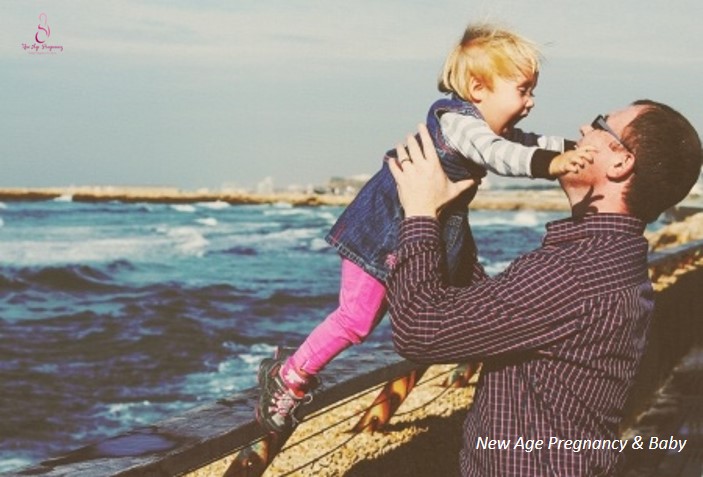
Manners are important as it is part of our communication, and in a broader aspect, communicates what and who we care about. Teaching manners from young will allow good manners to come ‘naturally’ to the child, which in itself is a social skill that allows everyone to feel at ease. Manners is so much more than just table manners or etiquette, it is teaching respect and sensitivity to others’ feelings.
Let’s explore 8 tips on teaching manners to our children and also what manners can be expected of different age groups!
Tip #1 Repetition
Preschoolers learn by repetition, so it is important to start using words like ‘thank you” and “please” repeatedly. You can start from as early as two-year old and remember that manners go beyond simply saying the ‘magic word’ – it also involves eye contact, body language and tone of voice. Repetition will help to make good manners a habit.
Tip #2 Modeling
It is true that it is difficult to teach all the facets of good manners and therefore, modeling good manners is critical. Be polite to the child, to the other family members and even out of the home to strangers – this serves a two-fold purpose (i) letting your child know that manners is expected and that it is a part of who we are, how we speak and act, and (ii) instilling the sense that people we come across should be respected.
Tip #3 Addressing by name
Giving attention to the other party is also part of good manners and one powerful tool to use is addressing the person by name. Even adults need to practise this! For instance, you can start by addressing your child by his name when you ask him to do something, or saying “Thank you, Matt”. You can address your parent by “Mom, thank you for cooking this meal” and even address the service staff you meet by name.
Tip #4 Correcting politely
It is important to correct your child politely – sometimes we may get over zealous in our efforts to teach manners and start to be harsh when the child refuses to show good manners. When correcting your child in other matters, such as homework or in a sport, it is important to be polite as well.
Tip #5 Reinforcing by praise
Rather than focus on the times your child forgets to say “please”, focus on the time when he remembers. Appreciating good manners holds true not just at home – let your child know and learn that when he displays good manners outside of the home, others appreciate too.
Tip #6 Role playing
For younger children, you can start with role playing at home, going “over-polite” to emphasize the well-mannered behaviour. You can also role play using stuffed animals or read books and role play the book characters.
Tip #7 Highlighting others’ good manners
Look out for opportunities to highlight to your child the good manners that others are displaying, and how it is being respectful of the other person. For instance, you can point out that the guests at the other dining table are very polite, smile and address the waitress and in return, the waitress is very happy and warm to the guests. It shows the child that good manners is not something that just mom and dad are enforcing, but something that people all around do.
Tip #8 Expecting it
Once good manners are explained and practised, parents should make it clear that it is to be expected. Many parents fail to teach good manners because they don’t expect it from the child. This is different from expecting the child to be perfect and remembering manners at all occasions – it is letting the child know that it is expected of him, of yourself and of all who are in the family to be well-mannered.

Here are a list of manners that you can start teaching your child:
2 to 3 year old
- Table manners – sitting properly, using utensils
- Speech – Say thank you, please and sorry
- Respect for elderly – Addressing elderly properly
- Interaction with friends – Sharing toys
4 to 6 year old
- Table manners – Staying seated, using napkin, clearing the used cutlery and picking up the foods that dropped on the table/ floor
- Speech – Saying no thank you, you’re welcome and include eye contact, body language and tone of voice
- Interaction with guests at home – Welcoming and saying goodbye to guests
- Respect for others – Teaching how to address grandparents, uncles, aunties, cousins and different age groups appropriately
- Not to interrupt others while they are talking
- Interaction with friends – Taking turns, showing sportsmanship, being polite and sensitive during play and no name-calling/ teasing
- General interaction – Giving praise, taking praise courteously, not pointing out others’ flaws openly, opening doors (or being aware that someone is behind)
- Learning manners is a lifelong education – practice it, make it a habit and as your child gains more of this social skill, he will get creative in expressing good manners, showing sensitivity and respect for others.
By Mei






